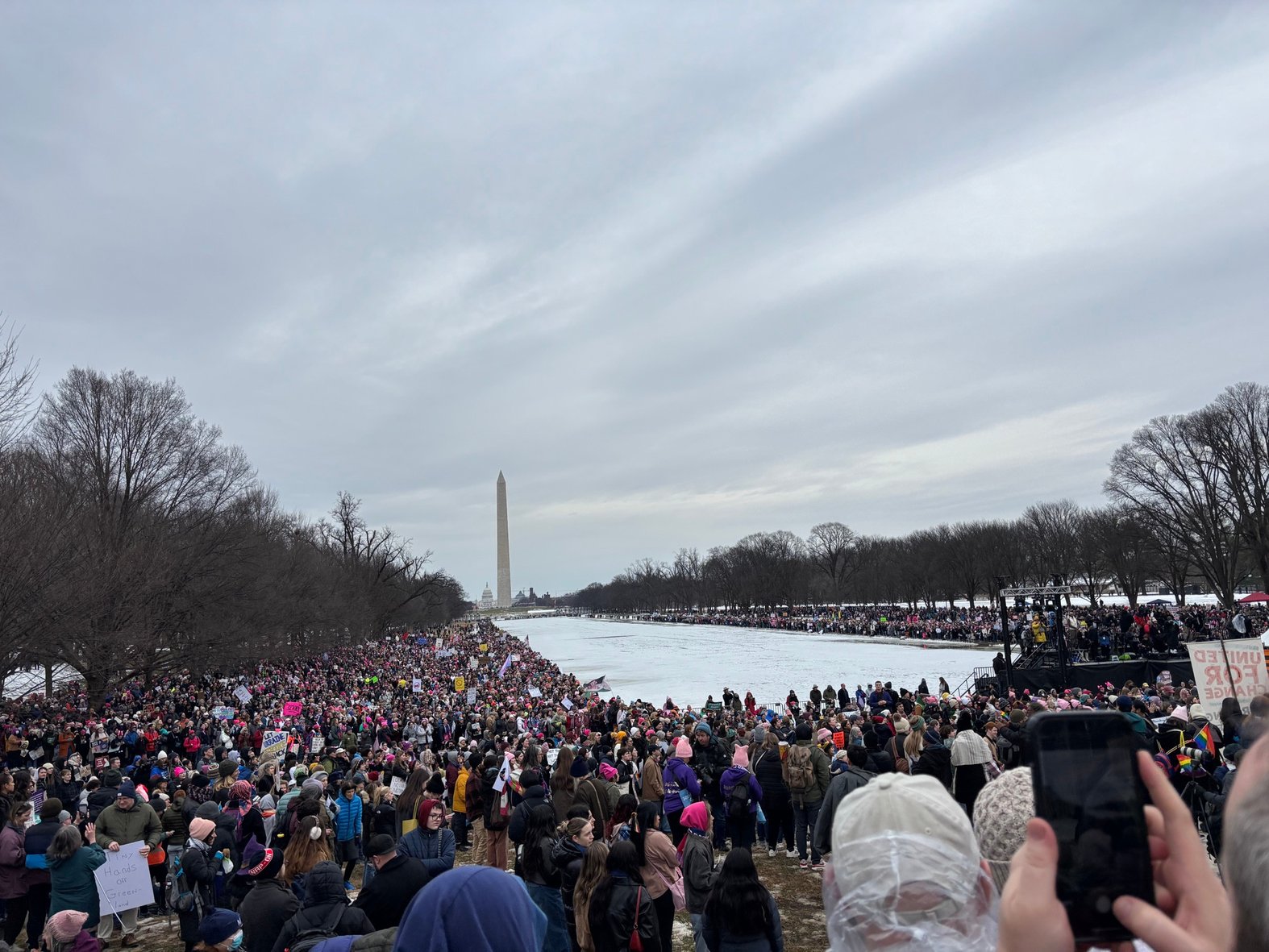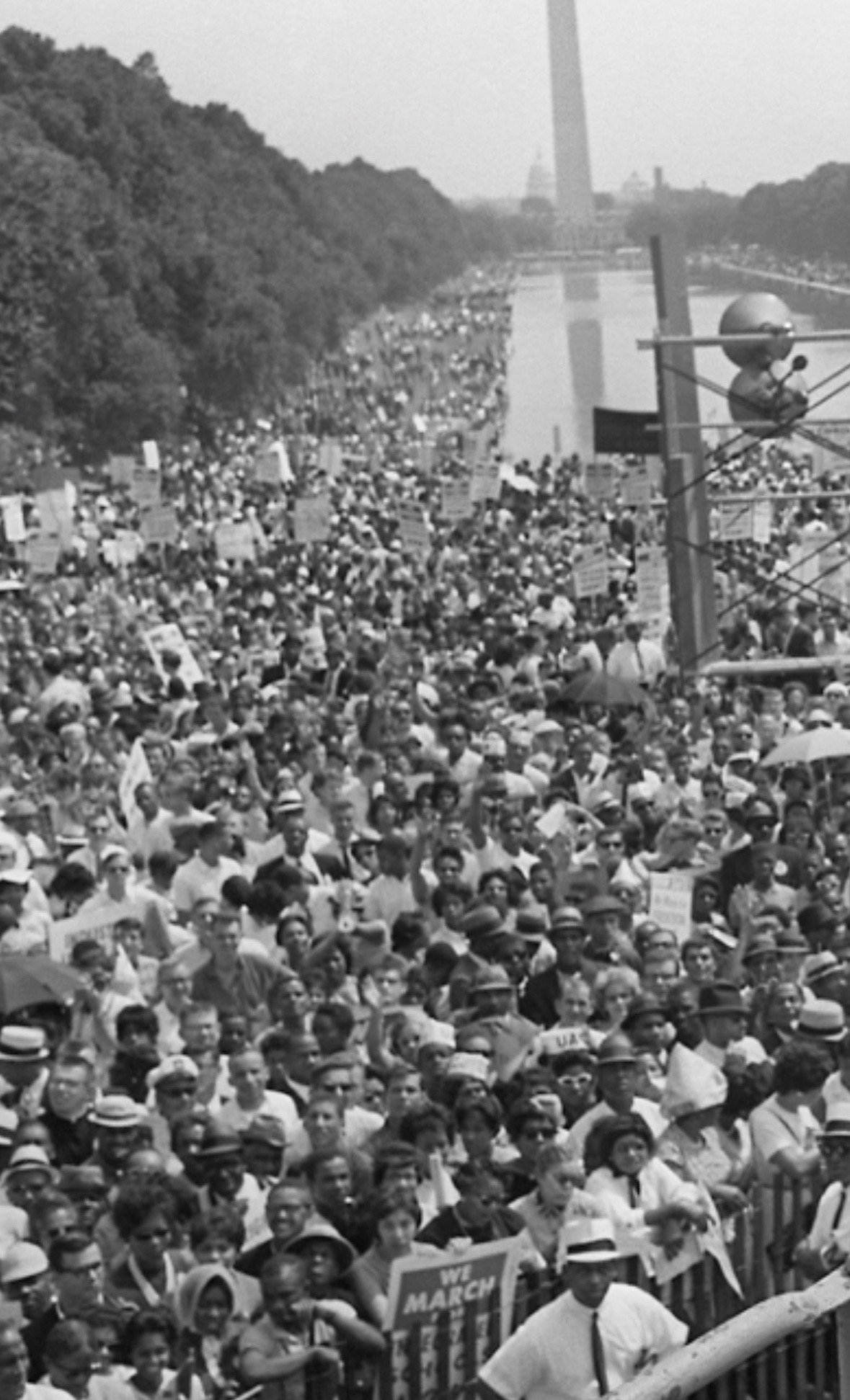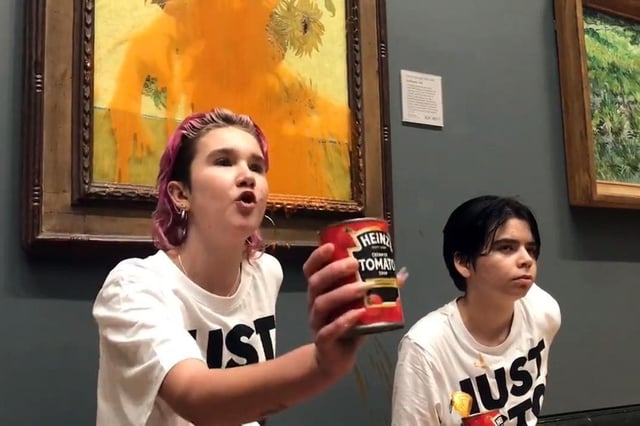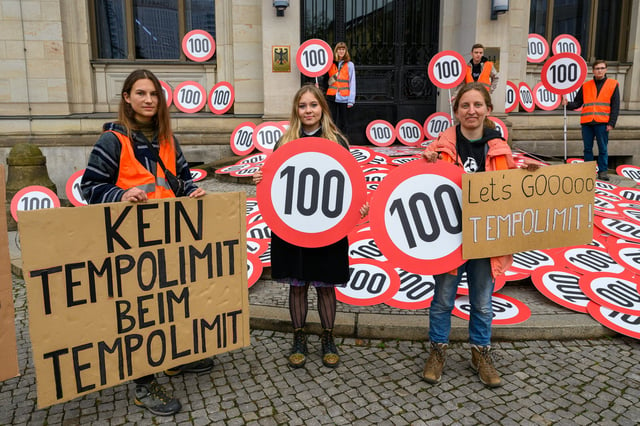
For more than a year now we have been tracking the global trend towards the increasing criminalization of climate protest. In December 2024, researchers at the University of Bristol found that a significant proportion of climate and environmental protests involved arrests, and that in many countries where arrest rates were lower, state violence, including assassinations, was high. The increased passage of anti-protest laws and application of “terrorism” labels to activists has gone hand in hand with the increasing danger facing environmental and climate activists, the research found.
“What you get a lot is anti terror legislation that was brought in to deal with a specific kind of terrorism that is then used against climate protesters or other protesters,” Dr. Oscar Berglund, the lead author of the report, said. “It's absolutely the case that if you grant certain powers to the state to deal with one problem, they will use it to deal with other problems as they see fit.”
As the U.S. begins a second Trump term, one that promises to be more repressive than the first, I caught up with sociologist and author Dana Fisher, author of the books American Resistance, about the rise of a resistance movement during Trump’s first administration, and Saving Ourselves, about the evolution of the climate movement, to hear about what climate activists can expect in the years ahead.
Fisher is the director of the Center for Environment, Community, & Equity and Professor in the School of International Service at American University, and she and her team regularly survey activists at protests to gauge who’s showing up to what, how many are new to protesting, and what their attitudes are toward different types of protest (how many support disruptive protest and direct action, for example).
“When Trump took office last time, there was this spontaneous call to march by a number of different women who were not organizationally embedded in any way, who called for it on social media, and that turned into the Women's March,” Fisher said. “And it happened across the United States. Actually, it happened around the world. It was on every continent, including Antarctica. It ended up being the largest single day of protests in U.S. history.”
You’d be forgiven if you didn’t hear nearly as much about the People’s March, which took place on Saturday, the weekend before Trump’s second inauguration, as you did about the Women’s March back then. There are loads of reasons for that, but a big one is the way the media has reported on it, mostly repeating the official police count of the turnout, an underwhelming 25,000 or, as the BBC put it, “thousands.” But Fisher was there, and she took pictures:

2025 People’s March on the National Mall, Washington, D.C. Police claim only 25,000 people attended.

Dr. Martin Luther King, Jr.’s “I Have a Dream” speech at the National Mall in D.C., 1963. Confirmed attendance: 250,000.
And it wasn’t Fox News or ONA claiming only 25,000 people showed up, it was The Guardian and PBS. To me, that dereliction of duty smacks of something I’ve already sensed in the media, a willingness to preemptively kowtow to Trump.
It’s not just the media, of course. From the stampede of tech billionaires waiting to lick Trump’s boot to the Pod Save America bros claiming that to win, Democrats must swing even further to the right than they already have over the past decade, it’s disappointing to see so many of America’s white liberals go back to brunch permanently, fold without a fight, choose their own convenience and peace for the millionth time. Everyone love to trot out their favorite Dr. King quote on MLK day and all of this preemptive surrender reminded me of mine:
“The white liberal must rid himself of the notion that there can be a tensionless transition from the old order of injustice to the new order of justice. Nonviolent coercion always brings tension to the surface. This tension, however, must not be seen as destructive. There is a kind of tension that is both healthy and necessary for growth. Society needs nonviolent gadflies to bring its tensions into the open and force its citizens to confront the ugliness of their prejudices and the tragedy of their racism. It is important for the liberal to see that the oppressed person who agitates for his rights is not the creator of tension. He merely brings out the hidden tension that is already alive.”
So far, Fisher hasn’t seen the number of new groups or efforts emerge that she saw in response to Trump’s first term, when people who were mostly new to activism were channeled into various organizations and “their resistance in the streets got turned into resistance in the districts.”
“Many of those groups are dead and gone now, or have not been very active during the Biden administration,” she said. “And the question is what will happen, but at least for the March for the People, they are connecting with groups that are already existing, that have some local infrastructure in place and actually do work at the grassroots level. So hopefully that will mean something.”
Fisher said she has been surprised in recent months by what seems to be a rapidly increasing comfort in the U.S. with the idea that things might get violent before they get better. She started to see that shift in the wake of the killing of United Healthcare CEO Brian Thompson. Last time around, she said, the “resistance” was political and led largely by Congressional staffers. “This time, what I'm seeing that's really different is that the conversation is no longer about focusing on redirecting and reinvigorating the left for the next election. It's about defending democracy,” she said. “And there's a lot of language that is highly charged with violent undertones. And then you add to that the killing of the UHC CEO and the perpetrator, Luigi Mangione, becoming this folk hero for folks on the left…”
Fisher surveyed climate activists before the election, after it, and then again at the People’s March, adding a new question about political violence. “We use this question that was adapted from the American Values survey, which is conducted regularly. And most notably, in 2023, the American values survey fielded this question on political violence, and 23 percent of the American population came back and said that they believe that political violence may be necessary to protect our democracy.” In the aftermath of that survey, there were multiple stories about the fact that this was the first time more than 20% of the population had answered yes to that question and what that might mean about the country; Fisher decided she needed to ask climate activists in particular how they felt about political violence.
“So we did it by going through leaders of activist groups that my colleagues and I are connected to and asked them to just take the survey. And at the same time, we fielded it with a sample of the general population. And the activists, whom I thought may be leaning more into violence because they're getting frustrated and they're being criminalized, right? The activists were absolutely pushing back and were super anti-violence.” Their results found that while 21 percent of the general population thought violence might be necessary to protect democracy, only 16 percent of climate activists felt that way.
Just a couple months later, the data from the People’s March told a pretty different story. It’s important to note that the vast majority of participants came from the east coast (although overwhelmingly not from D.C.), so we can’t call this group representative of the U.S. public or even the U.S. left. Still, what they told Fisher and her team was illuminating. More than 30% said they thought violence may be necessary to preserve democracy in the U.S., a major jump. And while climate wasn’t the top issue for protestors across the board, it was a much bigger driver than it had been when Fisher surveyed Women’s March participants in 2017. Back then, only 36% of protestors cited climate as an issue that was motivating them to take to the streets; at the People’s March, a whopping 70% of people said climate was a major motivator, right up there with LGBTQ+ rights, reproductive rights, and women’s rights.
“There were lots of Luigi signs too,” Fisher noted. “So here we are post election 2024 and activists (as defined as people at the Peoples March) who have limited experience with civil disobedience (22%) but support climate activists doing it (96%) think violence might be needed to protect democracy. That’s very interesting.”
It makes various outlets’ decision to downplay the protest more interesting, too. “The consequences could be demobilization and a general chilling effect, but it could also trigger those who believe violence is needed,” Fisher said.




